الأملُ ليس تفاؤلًا | ديفيد فيلدمان – بنيامين كورن
ترجمة: محمد كزوّ - تحرير ومراجعة: بلقيس الأنصاري حتَّى عندما تعلَم أنّ الآفاق قاتمة، فالأمل يستطيع مساعدتك؛ إنَّه ليس مجرَّد...
Wassily Kandinsky, Composition IX, 1929. (Public Domain, Source: Wikimedia Commons). According to Kant, intuitions of the mind structure our knowledge of the world.
In 1783 writers in Europe were starting to use a new word. “Enlightened.”
The Reverend Johann Friedrich Zöllner, an official of the Prussian Government, took issue with the use of the word. Attacking a pro-Enlightenment article in the pages of the Berlinische Monatsschrift, he goaded its liberal readers with a rhetorical question:
“What is enlightenment? This question, which is almost as important as what is truth, should indeed be answered before one begins to enlighten! And still I have never found it answered!”
Several readers responded. Among them was Immanuel Kant (1724–1804), whose essay began with the now-famous definition: “Enlightenment is man’s release from his self-incurred immaturity.”
Kant projected a sense of personhood on humanity. Enlightenment was growing up. What really allows us to grow up? Not necessarily the physical changes we undergo. We can still remain immature into adulthood. For Kant, the key to the maturity of humankind, like any person, was courage.
He wrote:
“Immaturity is man’s inability to make use of his understanding without direction from another. This immaturity is self-imposed when its cause lies not in lack of reason but in lack of resolution and courage to use it without direction from another.”
The Enlightenment served as a rallying point for philosophers and scientists who understood a new wave of optimism about human potential was sweeping over the world. To foster courage among his peers, Kant gave the Enlightenment the motto “Sapere aude!” — “Dare to think!”
The Age of Enlightenment lasted for around two centuries. Most historians would date it from the late seventeenth century to early in the nineteenth century. The epoch came about thanks to a coalescence of a number of societal changes, new technologies, discoveries and financial innovations.
Scientists and philosophers were more easily able to share their ideas through the printing presses. A “public sphere” grew out of meeting spaces that allowed for ideas to be tested and adapted through debate. As a result, enormous leaps of progress were made in the fields of science, philosophy and politics.
Just as in the case of the internet today, censors struggled to curtail the flow of ideas. The kindling of ideas grew into the flames of unrest. Revolutions swept across Europe as the Enlightenment came to an end.
Kant is a central and towering figure in the Enlightenment. He is often cited as the most influential philosopher since Aristotle. His work has impacted the theory of knowledge, ethics, astronomy, mathematics, political theory and the arts.
Despite his enormous influence and the far-reaching consequences of the movement of which he was a leading part, Kant had a surprisingly quiet and unremarkable life. He never left his small home city of Königsberg for any significant amount of time.
Kant came from humble beginnings. His mother died when he was thirteen years old and received a pauper’s burial. His father died young too, leaving Kant and his siblings in a precarious financial situation.
Immanuel was able to study through grants from his church and by supporting himself financially as a private tutor to wealthy patrons’ children. Despite his academic excellence, it was not until the age of thirty-one that Kant was able to finish his degree at the University of Königsberg.
Kant was a talented academic but unremarkable philosopher in the first half of his life. The scientific studies he made in his early career were notable, but it wasn’t until Kant was in his fifties that he became a leading figure in the philosophical field.
The middle-aged academic had come across the work of his older contemporary, the Scottish philosopher David Hume (1711–1776), who, Kant claimed, had “awoken me from my dogmatic slumbers.” The younger philosopher’s response to Hume’s ideas was a breakthrough that changed the world.
Kant’s philosophy is notoriously complicated, but his conclusions are simple. Step by step, I will explain as clearly as possible how he reached his breakthrough.
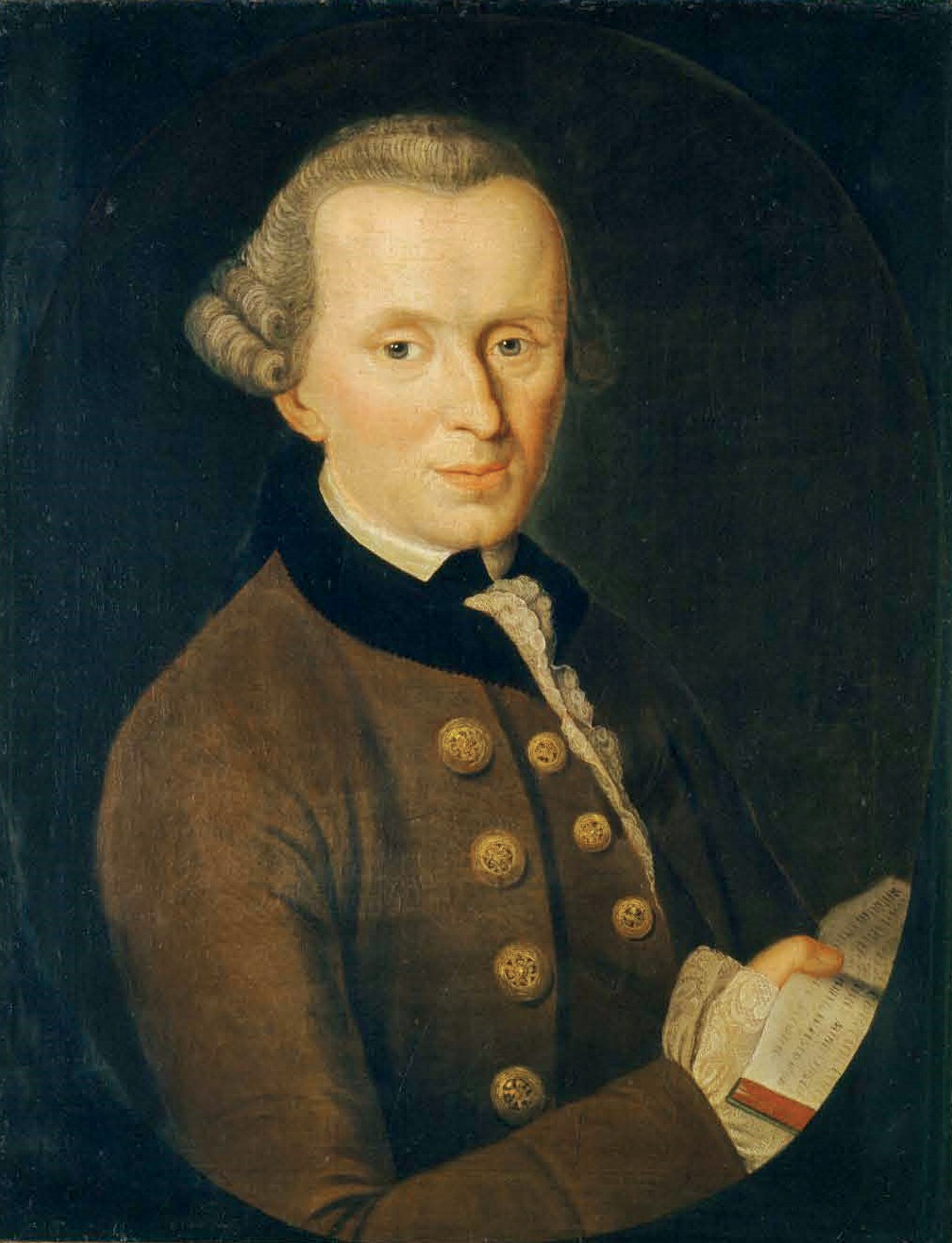
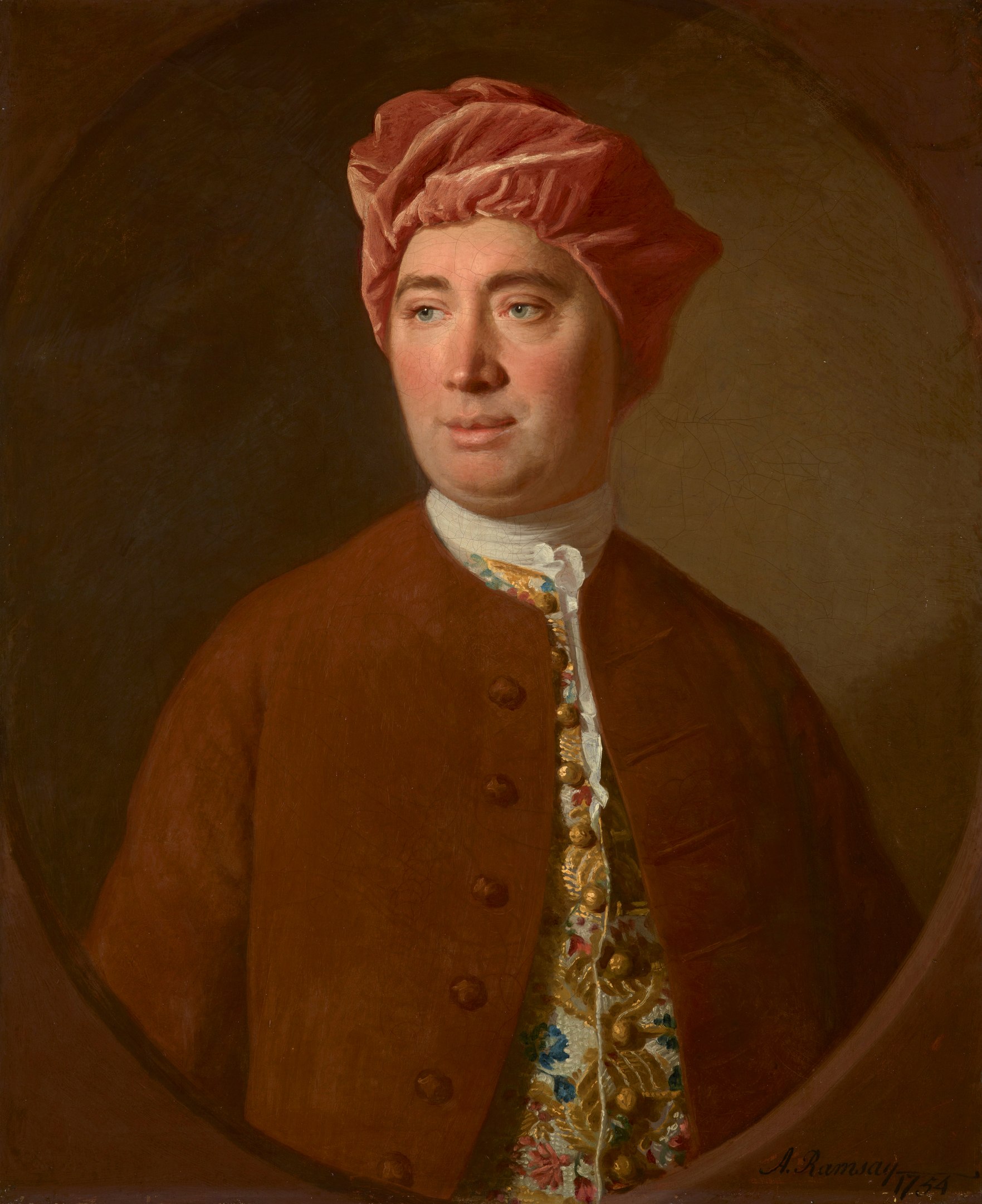
It’s important to understand that Kant’s project was to reconstruct what Hume had demolished.
As a philosophical sceptic, Hume was a deconstructor of big ideas rather than a constructor of new ones. The older Scot had seemed to definitively show that there could be no meaningful philosophical statements.
Hume’s ideas ran contrary to the ideas dominant on the European continent, along with an influential group of British philosophers he was an Empiricist.
While Rationalism — the belief that our primary knowledge of the world comes from our minds — was dominant on the European continent, the Empiricists believed our primary knowledge of the world comes from experience. There is no innate knowledge or intuition for Empiricists, our minds are blank slates filled over time with experience.
Among the most radical of Empiricists, Hume insisted that experience was the basis of all knowledge. According to Hume, we simply experience a sequence of sense perceptions. Anything beyond that is mere belief. While this seems obvious to the casual reader, its implications are enormous.
Any knowledge that could not be validated by the senses, according to Hume, was senseless. The most profound example of Hume’s sceptical Empiricism is cause and effect. This is known to philosophers as “causation”.
Causation is important to both philosophers and theoretical scientists because it’s what seems to bind the universe together. Everything that unfolds in the universe is glued together by cause and effect.
Imagine a fire that did not give off heat, or kicking a ball only to see it fly vertically into space and never come back. These scenarios are absurd because of causality: the laws of nature seem to determine what events (causes) cause other events (effects).
Hume made the simple observation that you see one event — the cause — and another event — the effect. He pointed out that there is no observable link between these events.
If you hit a ball with a golf club, you see the ball fly away, but you don’t actually see what causes the ball to fly away. We have no way of actually knowing that one event causes another, we simply experience one thing after another — that’s all we know.
Causation ensures that our experience of the universe is consistent. It’s quite literally the way the world works. If we didn’t have consistent causation we would not be able to exist. Moreover, we must assume causation exists to survive. If we never took the laws of nature for granted and had to test every single thing we did, we would never live fully.
Hume’s point struck at the heart of philosophy: we may experience consistency, but what reason do we have to believe that the laws of nature will remain consistent? We live by faith alone, according to Hume. That the sun will rise tomorrow, Hume argued, is simply a guess we make to live our lives.
Hume left other philosophers at a loss. He asked: What’s the point in making any claims that the senses can’t prove? That there were “laws” behind the consistency of causation was one such claim.
The easiest route around Hume’s thinking was a retreat to dogmatic thinking. We could argue that nature’s laws — which ensure that causation is consistent — are decreed by God. This rebuttal to Hume’s scepticism is “dogmatic” in that it requires no external proof; God’s existence is taken for granted.
This is what Kant meant when he claimed that reading Hume had awakened him from his “dogmatic slumbers” as a Rationalist. If Hume was correct, it was no longer possible to assert metaphysical truths as facts of knowledge.
Hume had built a cage around philosophy, severely limiting what it could say about the world.
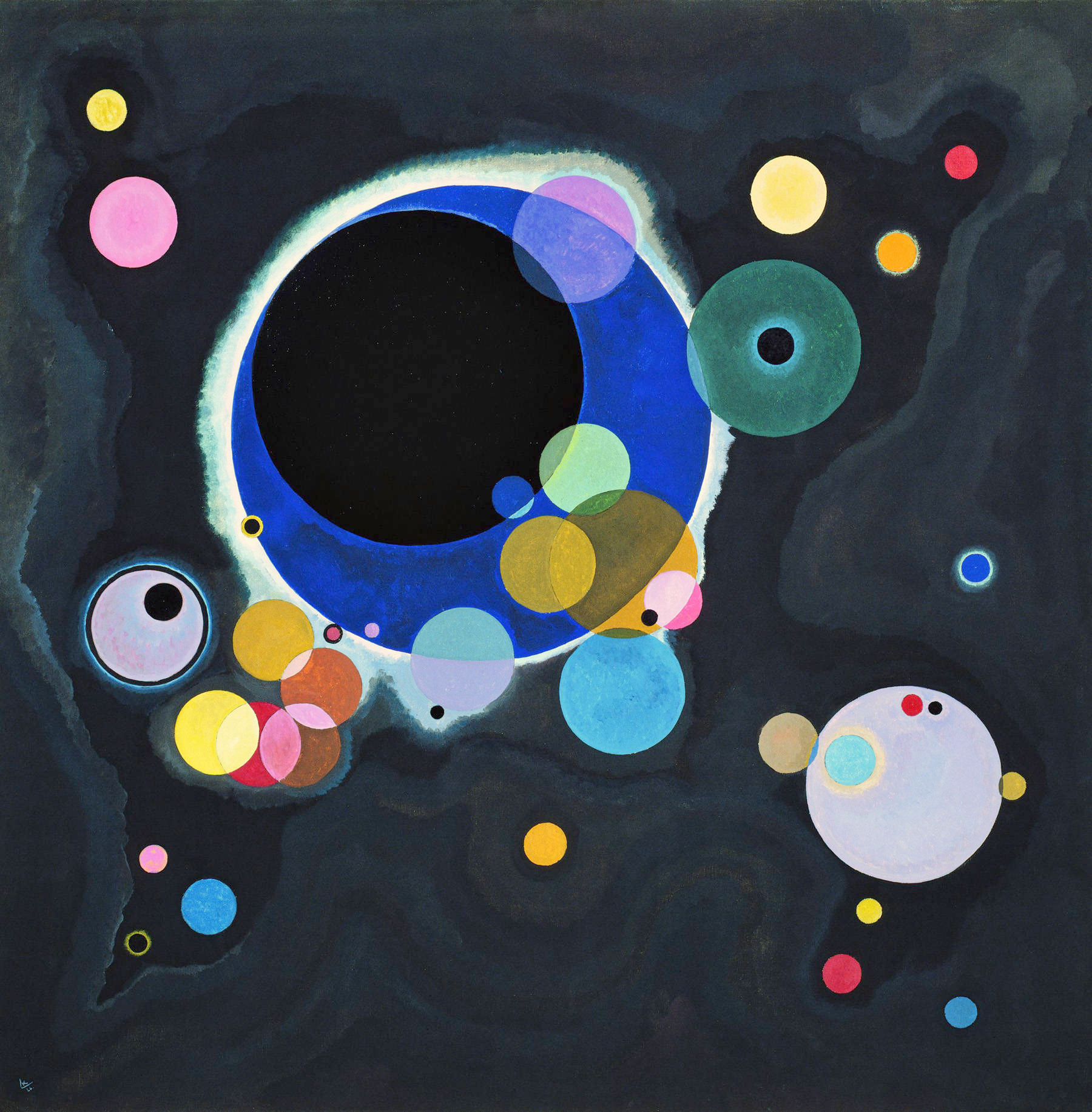
To make his point, Hume had made a distinction between two kinds of judgements. Analytic and Synthetic.
Some judgements we make about things are logically contained in the concept of those things.
For example, “a triangle has three sides” and “a bachelor is an unmarried man”. We could also say “all physical things occupy space.” Those statements are true by definition — self-evidently true — and are not necessarily taking our knowledge about the subject further. They are logically true or false.
To Hume, these “analytic” statements were useless; they say nothing about the world at all. They are “tautological”: they are true in all instances. An example of a tautology would be “the runner will win or not win the race”, another would be “A=A”.
There are also those far more common statements that can be verified by observation. “The cat is on the mat” is true or false based on our observation as to whether the cat is on the mat. Hume described these as “synthetic” since the meaning of the statement is not self-evident.
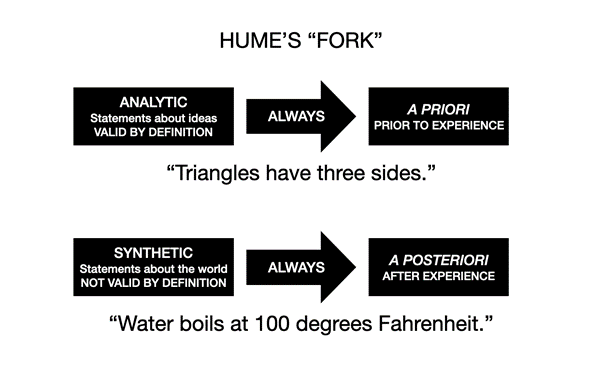
These statements are the only meaningful statements to Hume. They are a posteriori, which means logically true after experience. For example, for the cat to be on the mat we must experience this state of affairs before we know it is true.
This all seems like a dry exercise in logic, but think of these types of statements as being like “pixels” of experience. These logical propositions are the tiny building blocks that make up our knowledge of the world.
The world in all its richness, beauty and variety avails itself to us in logic. As the twentieth-century philosopher Ludwig Wittgenstein wrote, “The world is the totality of facts, not of things.”
Hume had maintained that the law of causality was synthetic and therefore a posteriori: we were just guessing that events caused other events after the fact of experienceing the events.
We could not know that fire could produce heat before experiencing a fire for certain. To prove it, we would have to set a fire and test the temperature of the air.
If a fire could guarantee heat a priori (before we experience it), it would have to be analytic, and that was not the case. The idea that fire consistently gives off heat is a metaphysical idea that Hume rejected as meaningless.
Hume wrote of metaphysical statements:
“Let us ask, Does it contain any abstract reasoning concerning quantity or number? No. Does it contain any experimental reasoning concerning matter of fact and existence? No. Commit it then to the flames: for it can contain nothing but sophistry and illusion.”
Kant spent twelve years thinking about this problem. Working with the logical system that Hume had developed, he discovered something profound about how we know the world. Having spent all those years thinking about the objections Hume raised about philosophy, it took Kant only a matter of months to write The Critique of Pure Reason in 1781.
Kant described a third type of statement which he called “synthetic a priori”. A statement falling into this category would be “a straight line between two points is the shortest.” The statement is not by definition true, but it is universally true in the same way that “all unmarried men are bachelors” is true.
The statement’s truth is not self-evident from the statement itself, it is “synthetic”. But its validity is still prior to our experience of a straight line, it’s “a priori” — logically true before it’s experienced.
In other words — and here is the glorious moment for Kant — we know innately that this statement is true.
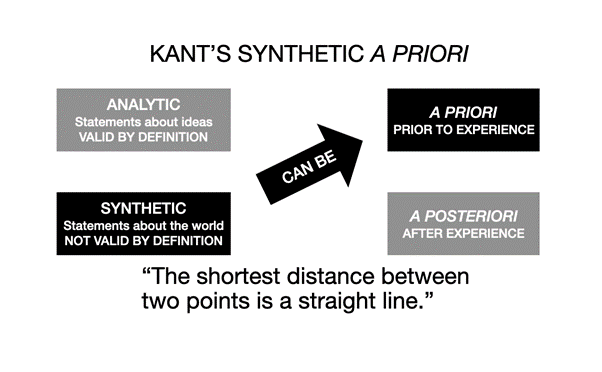
Kant found this to be the case for the most fundamental aspects of our knowledge. Mathematical and geometrical propositions were the same. “Five things added to three things give us eight things” or “5+3=8” is a synthetic a priori statement.
Kant maintained that Synthetic a priori propositions are the basis for knowledge, they are the pixels of experience that depend on human intuition. Our experience of the world, Kant maintained, is a mix of experience and rational intuition.
These experiences, Kant asserted, are made through twelve categories of understanding: the way our senses interpret and order the world. These categories include “quality”, “quantity”, “relation” and “modality”.
Think about the statement “five things plus three things gives us eight things”. There is nothing in that statement that is self-evident, our intuition of “quantity” is required to make sense of that statement, as it is when we pick up fruit in the market or count the money in our purse.
Together these categories form the framework of how our minds process experience and produce knowledge. They are not part of our experience — we do not see, feel or hear “quantity” itself, for example — yet we could not have experience without them. Kant described them as predicates of objects in general, not specifically.
In this sense the categories are “transcendent” — they are beyond knowledge insomuch that they actually structure knowledge itself.
Think of it this way: you cannot see your eyes, or hear your ears because these organs themselves mediate those senses. The categories are like those sense organs, they are aspects of the intellect that make understanding possible.
Kant produced a framework for knowledge that our experience of the world is sense data mediated through our minds. The categories of our intellect exist prior to experience and structure our sense perceptions as we experience the world.
The world outside of our experience cannot be known. “Things-in-themselves” — the source of our sense data that cause our sensations — cannot be known outside of our experience.
Kant called his system “Transcendental Idealism”. Causation, space and time are intuitions of our minds. Kant argues that we are cognizant of objects not as they are in themselves, but only the way they appear to us through the categories. “Idealism” is the philosophical belief that reality is inseparable from the mind of the beholder.
Knowledge is not produced solely by experience, nor is it produced solely in the mind. Our knowledge of the world is sense data from the world, structured by our mind.
He believed he had effected a Copernican Revolution in philosophy. He wrote, “I venture to assert that there is not a single metaphysical problem that has not been solved.”
While most philosophers since may disagree, Kant is perhaps the most influential Western philosopher since Aristotle.
Working from his simple logical discovery, he developed enormous ideas around virtually every important question of philosophy that are influential to this day. How should we govern ourselves? (politics), what is beautiful? (aesthetics); what is good? (ethics).
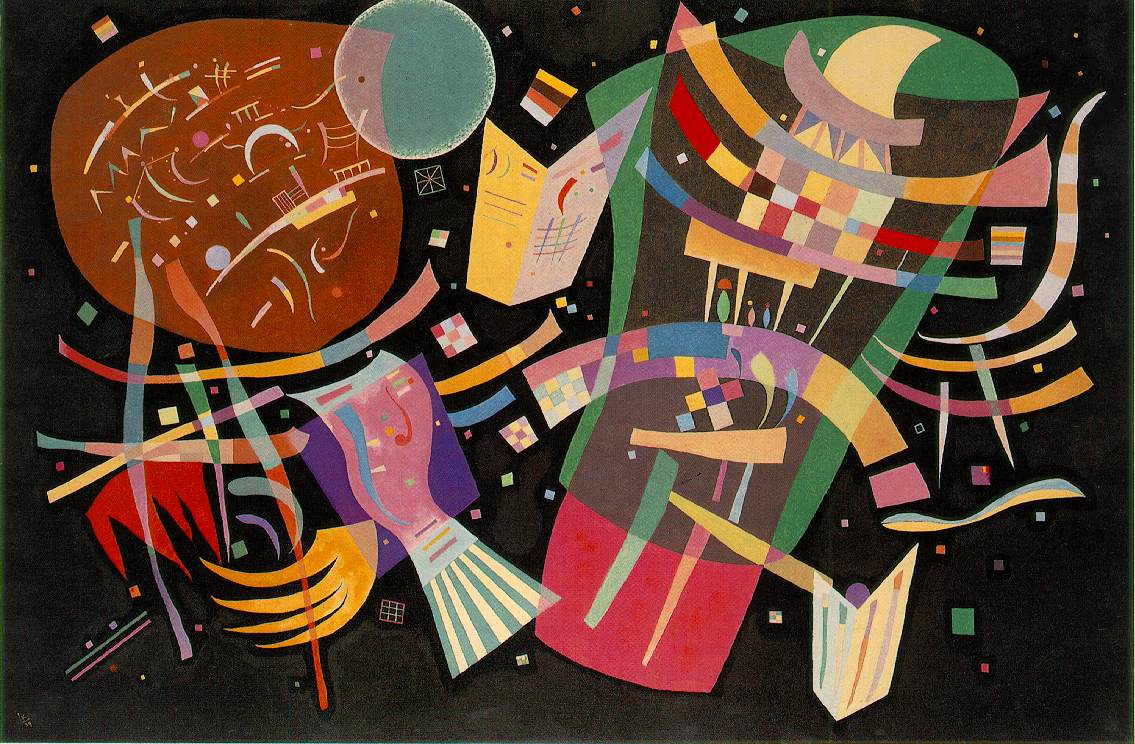
A good example of the flexibility of Transcendental Idealism is the way Kant approached ethics. The philosopher sought to find a simple principle by which we could live our lives in harmony. In his Critique of Practical Reason he used his categories to find a universally-applicable law of morality.
He stepped aside from notions of good and evil, unwilling to delve into specific actions and circumstances. Kant believed the particularities of actions deemed good and evil could serve as no basis for a universal law. He wanted to convey the form of morality, rather than the content.
He came up with the following: “Act only in accord with a principle which you would at the same time will to be a universal law.”
The Categorical Imperative is designed to shift our perspective on our behaviour. The principle compels us to think of our actions in a non-personal way. It’s easy to justify our actions to ourselves, but harder to justify them if we consider ourselves to be the victim of such acts.
The Categorical Imperative is often confused with the so-called “Golden Rule”, which states that we should “treat others as we would treat ourselves”. But there is a distinct difference between Kant’s Categorical Imperative and the Golden Rule.
We may for example act cruelly on ourselves — as masochism — and therefore justify cruel behaviour against other people. The Categorical Imperative requires that you consider your act as being compliant with a universal law applicable to the particular circumstance you are in.
Kant hoped to formulate such laws into one general principle. He argued that the Categorical Imperative is the voice of our own rational core, it’s the rule of our rational minds. To be rational is to be free. Kant wrote, “A free will and a will under moral laws are one and the same.”
Hume’s philosophical insights presented a dilemma to Kant: to accept Hume’s scepticism and reject metaphysics as a serious investigation of the world and our lives, or to retreat into dogma.
With hard work, a lot of contemplation and a stroke of genius, Kant found a middle way between dogma and scepticism. Kant’s work was truly “enlightened” because it avoided these two principal avenues of blindness.
Dogma is comforting but depends on faith alone to assert a story of the way the world works. Scepticism guards against the laziness of dogma but kills the instinct to find any truth.
Kant developed a system that could span both a theory of knowledge and reality and a practical yet universal ethics. His ideas incorporate both matters of the physical universe and of the soul. He wrote:
“Two things fill the mind with ever new and increasing admiration and awe, the more often and steadily we reflect upon them: the starry heavens above me and the moral law within me. I do not seek or conjecture either of them as if they were veiled obscurities or extravagances beyond the horizon of my vision; I see them before me and connect them immediately with the consciousness of my existence.”
Kant’s Transcendental Idealism is not without its problems or criticisms but it opens up a whole new vista of knowledge and understanding. The point is not that Kant had the definitive answers, it’s that knowledge finds a way.
When we have the curiosity, tenacity and courage to pursue reason we will find it waiting for us.
ترجمة: محمد كزوّ - تحرير ومراجعة: بلقيس الأنصاري حتَّى عندما تعلَم أنّ الآفاق قاتمة، فالأمل يستطيع مساعدتك؛ إنَّه ليس مجرَّد...
«لقد أثبتت السينما بأنّ لها قُدرة فائقة على التأثير. واليوم من خلال هذا المهرجان؛ نتعاون جميعًا لتعزيز اسم الخليج العربي...
لا عجبَ ألا يملك الأسقف بيركلي وقتًا للحسّ المشترك، فهو الرّجل الذي أنكر وجود المادّة. لقد اشتكى في كتابه «مبادئ...
إن الفلسفة غير معنية بالوضوح أو بتقديم أي إجابات واضحة عن الإنسان والعالم. هناك مقاربات وتيارات فلسفية هي أشبه بلعبة...
«معنى»، مؤسسة ثقافية تقدّمية ودار نشر تهتم بالفلسفة والمعرفة والفنون، عبر مجموعة متنوعة من المواد المقروءة والمسموعة والمرئية. انطلقت في 20 مارس 2019، بهدف إثراء المحتوى العربي، ورفع ذائقة ووعي المتلقّي المحلي والدولي، عبر الإنتاج الأصيل للمنصة والترجمة ونقل المعارف.